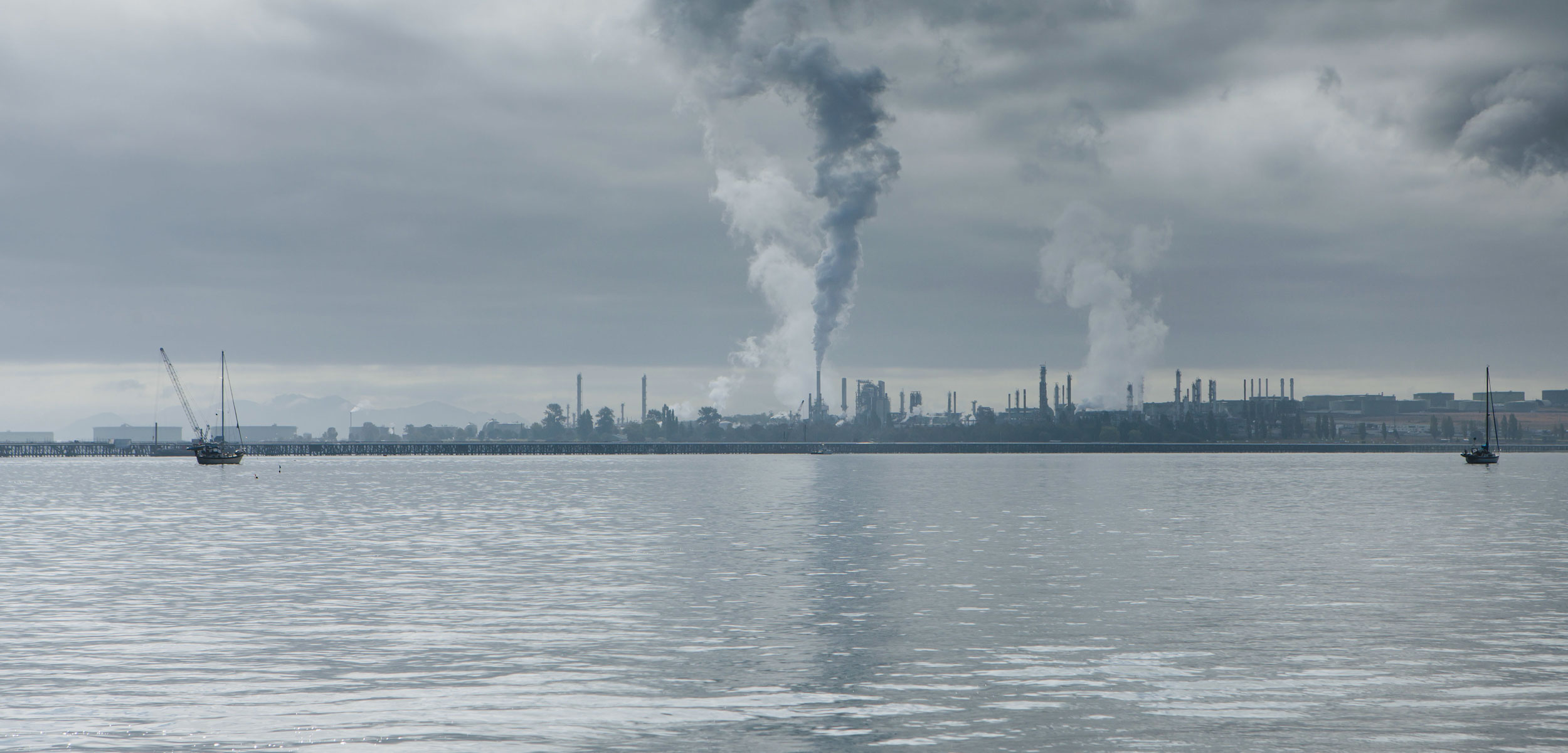The Ocean Carbon Sink Has Set the Next Political Hurdle
New research reveals that once anthropogenic carbon emissions drop, so too will the ocean’s ability to absorb carbon dioxide. That could make it seem like emission reduction efforts aren’t working.
Article body copy
The ocean has absorbed 39 percent of the carbon dioxide we have pumped into the air since the Industrial Revolution. Like a giant sponge, the ocean and the organisms within it have soaked up the carbon dioxide by dissolving it from the air and through photosynthesis. This so-called ocean carbon sink has spared us from the worst terrestrial consequences of soaring atmospheric carbon dioxide—a relief counterbalanced by ocean acidification and other marine side effects.
There are myriad unanswered questions about how much of our carbon the ocean will continue to take up—and for how long—but answering them has been a central focus of climate research. One recent study, however, suggests that the ocean carbon sink is unexpectedly responsive: as soon as emissions go down, so will the ocean’s uptake. The sponge, it turns out, isn’t quite so spongy.
The reason for this is simple: when it comes to carbon dioxide content, the ocean and the atmosphere seek equilibrium.
If we cut our carbon emissions, says Galen McKinley, the study’s lead author and a climate scientist at Columbia University’s Lamont-Doherty Earth Observatory in New York, “the ocean is going to say, Great, I don’t have to take up as much to reach that equilibrium, and that sink will slow down.”
The ocean carbon sink, she says, isn’t going to keep acting the way it did “when we were just driving [it] so hard by stuffing so much carbon into the atmosphere.”
The research shows that as the concentration of carbon dioxide in the atmosphere falls there comes a point when the ocean will start releasing its stored carbon, flipping from a carbon sink to a carbon source. The longer it takes to cut emissions, the longer this equilibration phase will take, simply because there will be more carbon in the ocean to balance out.
McKinley and her colleagues’ discovery stems from their analysis of a time when the ocean carbon sink didn’t behave as expected. In 1991, Mount Pinatubo, a volcano in the Philippines, erupted, spraying volcanic ash and particulates into the stratosphere. This volcanic ash reflected sunlight and temporarily lowered global temperatures. Cooling the ocean, even by a smidge, increases the water’s ability to dissolve carbon dioxide—so it absorbed more.
At the same time, the long-running increase in atmospheric carbon dioxide slowed briefly between 1989 and 1994 because of a temporary plateau in carbon emissions, and because of an increase in the terrestrial carbon sink. Combined with the fact that the ocean had already sucked up more carbon following the Mount Pinatubo eruption, this lessened the difference between the amount of carbon dioxide in the atmosphere and in the ocean. This equalization weakened the ocean carbon sink, and illustrated a direct relationship between changes in atmospheric carbon dioxide and the sink’s behavior.
More recently, carbon dioxide emissions have decreased slightly because of the COVID-19 pandemic, and researchers predict a similar temporary shrinkage of the ocean carbon sink as a result.
Climate policy and climate science communication, says McKinley, must account for the ocean carbon sink’s pending re-equilibration. After all, one can easily see the political traps and arguments that could ensue when the ocean stops swallowing carbon dioxide, and even starts spewing it back.
McKinley doesn’t want people to be surprised when the ocean begins behaving differently than in the past, or to use this change as an argument to continue with business as usual. “You can imagine people who will say, Well, these cuts in emissions are hard. If the ocean is going to stop doing its thing, why should I keep cutting emissions?” says McKinley.
While climate policy and temperature targets do incorporate ocean dynamics, many rely on relatively simplistic ocean models that could use improvement, says McKinley. And that requires better information.
Miriam Goldstein, a biological oceanographer and the director of ocean policy at the Center for American Progress, agrees that solid science, and investment in scientific research, is key to good climate policy. “A well-designed climate policy should be able to incorporate unexpected results and be able to adapt,” Goldstein says.
While these dynamics are undoubtedly key to bear in mind, Goldstein cautions that we are still a long way from having to worry about the ocean releasing the carbon it has trapped through this process.
“We should be so lucky to have this problem, because we’re reducing so much atmospheric carbon,” she says. “We have not done nearly the climate action that we need to do.”

